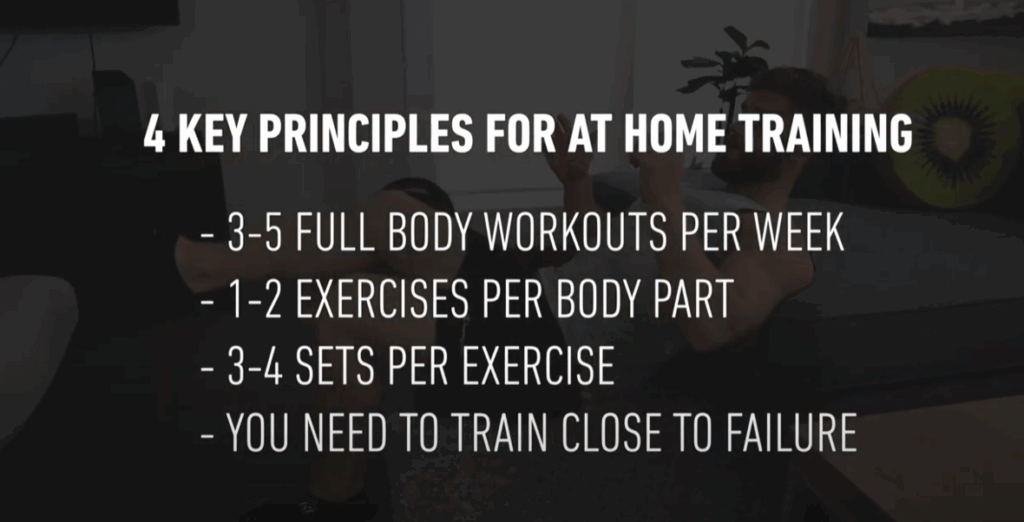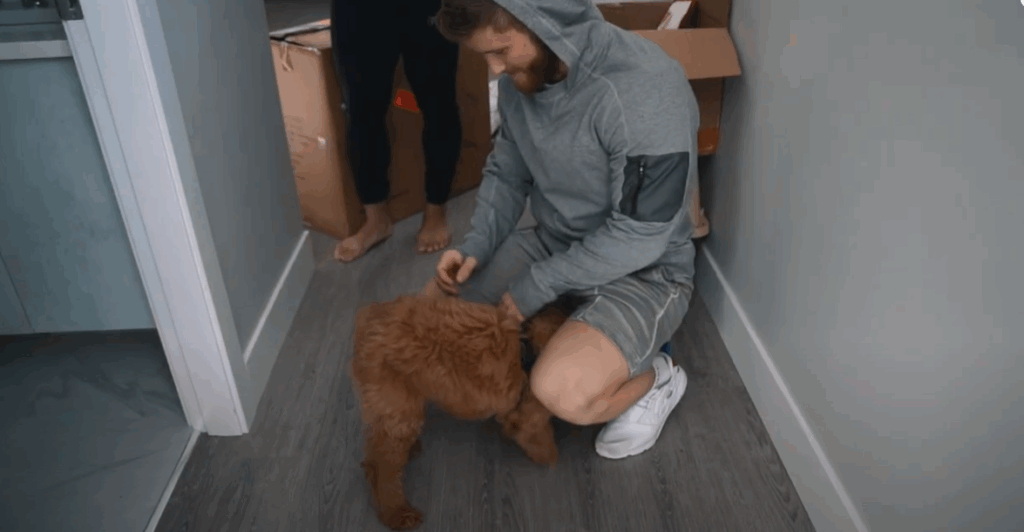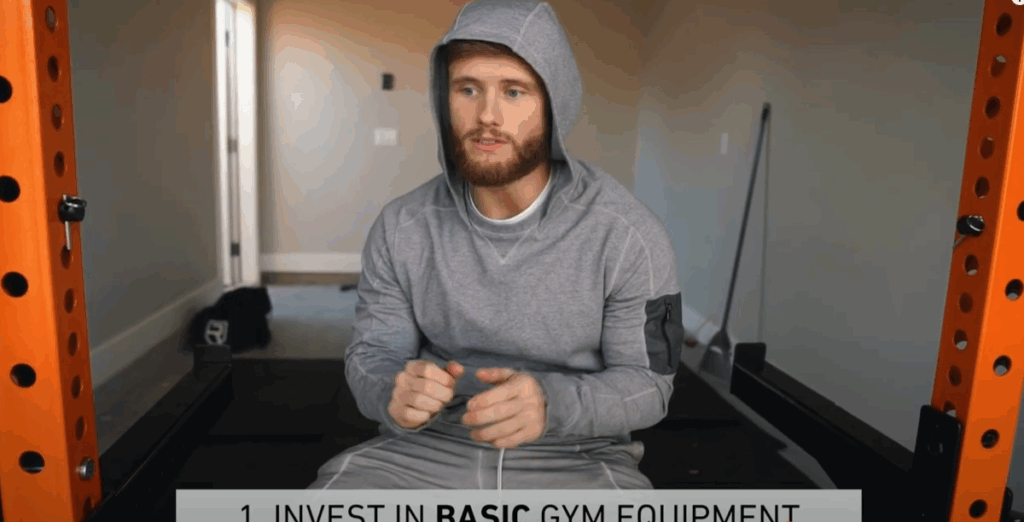Home Gym Transformation: How to Train and Thrive When Gyms Are Closed
As gym closures stretch from weeks into months, many lifters are scrambling to figure out how to maintain muscle, strength, and motivation without traditional equipment. Whether you’re a beginner or a seasoned gym-goer, adapting your training routine during uncertain times requires strategy—and maybe a few new tools.
In this guide, we’ll explore how to stay on track with your fitness goals from home, when to consider investing in gym gear, and how different levels of experience should shape your approach.

Adjusting Expectations: Beginners vs Advanced Lifters
When the pandemic hit, many expected temporary restrictions. But with gym shutdowns extending well beyond what anyone predicted, it’s crucial to reassess your game plan.
Let’s break this into two categories:
1. Beginners and Early Intermediates (0–2 Years of Training)
If you’re still early in your lifting journey, there’s good news. You likely don’t need a full-blown gym setup to continue progressing. Research has consistently shown that less experienced lifters can grow muscle with a variety of training stimuli, even with bodyweight movements and higher-rep work.
For example, studies suggest that even after a training break or a reduction in volume, muscle can be retained and even built as long as you stay consistent. In one study, individuals who cut their training down to just one session per week were still able to preserve muscle mass over several months.
At-home workouts, when done with high effort and progressive difficulty, can actually spur new gains—especially if you’ve never done high-rep training or used novel methods like tempo manipulation, pauses, or bodyweight circuits. The bottom line: as long as you push close to failure, your body will adapt.
2. Advanced Lifters (3+ Years of Training)
Things get a bit trickier if you’ve already built a solid base of muscle and strength. As you become more advanced, it takes more precise training, greater volume, and heavier loads to continue progressing—or even to maintain your current level.
If this sounds like you, high-rep bodyweight workouts may not be enough after a few weeks. That’s when investing in some at-home equipment becomes worthwhile.

Building Your Own Home Gym: Smart, Minimal Setup
Recently, I teamed up with a training partner to invest in a modest home gym setup. We split the cost on basic essentials: a squat rack, barbell, some plates, and a few adjustable dumbbells. It wasn’t top-tier commercial gear, but it was enough to support serious training.
Total cost? Roughly $2,500 split between the two of us. That included both new purchases and some gear we already had lying around. For anyone serious about continuing their progress, this kind of setup offers massive value—especially if gyms remain closed for months.
We moved our new setup into a garage, and while it’s not perfect (cold temperatures, limited space, and a slightly shorter-than-standard plate diameter made deadlifts a bit more difficult), it gives us the ability to lift heavy, train legs effectively, and follow structured programs.
How Advanced Lifters Should Adapt
If you’re an intermediate or advanced lifter, here are three key strategies to help you stay on track:
1. Invest in Equipment (If You Can)
Even a small collection of basic tools can make a big difference. A barbell, adjustable bench, and a few plates will allow you to perform most compound lifts. If you can’t go all-in, even a pair of dumbbells and resistance bands can help bridge the gap.
If you’ve been training seriously for years, relying solely on high-rep bodyweight workouts may not provide enough stimulus long-term. A basic setup will help you maintain strength, especially in key lifts like squats, deadlifts, and presses.

2. Accept Strength Loss—But Focus on Muscle Maintenance
Heavy lifting is specific. If you can’t access enough load for squats, bench presses, or deadlifts, it’s natural to lose some strength in those movements over time. That’s okay.
What matters most is maintaining muscle mass. Thanks to muscle memory, your strength will return faster than you think once you resume normal lifting. So, during this period, switch your focus to hypertrophy—high-volume, high-effort training using what you have.
Tempo work, rest-pause sets, and mechanical drop sets can all help keep the muscles challenged, even without maximal weights.
3. Consider a Caloric Surplus
If your goal is to maintain (or even build) muscle, now may be a good time to eat in a slight surplus. Being in a calorie surplus supports recovery and muscle preservation, especially when training intensity is reduced.
Yes, you may gain a bit of fat, but you’ll be in a prime position for a successful recomp once you return to heavier lifting. Prioritize nutrient-dense foods, stay consistent with protein intake, and don’t be afraid to fuel your workouts.
Stay Flexible, Stay Consistent
Even though our gym routines have shifted, the core principles of muscle growth haven’t changed:
- Progressive overload (via reps, tempo, or intensity)
- Consistency
- Effort
- Proper recovery and nutrition
If you’re training at home without equipment, push your sets close to failure, get creative with resistance (backpacks, water jugs, towels), and track your progress just like you would at the gym. And if you have access to even basic gear, structure your workouts to mimic what you did before, substituting where necessary.
Looking Ahead: What to Expect When Gyms Reopen
Eventually, regular gym access will return. When it does, expect a short adjustment period—especially for strength. But don’t be discouraged. Your nervous system will catch up quickly, and muscle that’s been well-maintained will return to previous levels faster than if you had taken time off completely.
By keeping your training dialed in now, you’ll bounce back stronger and leaner, potentially even setting new personal bests.
Final Thoughts
If you’re early in your lifting journey, this home training phase is an opportunity—not a setback. You can still make gains. For advanced lifters, some strength loss is inevitable, but muscle retention is entirely within reach—especially with the right tools, mindset, and nutritional strategy.
Use this time to challenge yourself in new ways. Whether that means building a home gym, trying new training methods, or simply getting creative with bodyweight, you’ll come out the other side better prepared and more resilient.
Stay focused. Train hard. Be adaptable. This season is temporary—your progress doesn’t have to be.



